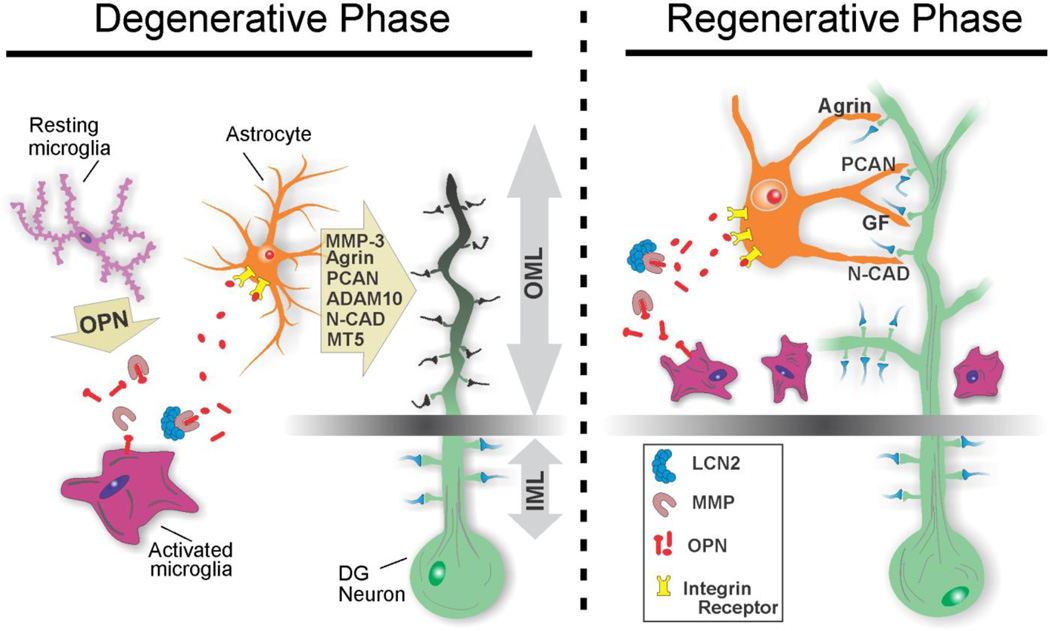Figure 10. Cellular model of OPN-mediated effects on dentate glia during synaptogenesis.
Neuroglial interactions affecting dendritic and synaptic integrity within the deafferented outer molecular layer (OML) are depicted for degenerative and regenerative phases. Rapid postinjury elevation of OPN drives microglial activation from a resting state to a M1 pro-inflammatory form. With axon degeneration, microglia secrete OPN and MMPs, promoting local OPN lysis, facilitated by LCN2/MMP-9 interaction. Astrocytes respond to OPN integrin signaling and elicit ECM-mediated breakdown of synapse stabilizing molecules. This promotes removal of degenerating presynaptic terminals and modification of postsynaptic dendrites prior to synapse reconstruction. During early synapse regeneration, microglia continue to produce OPN and align along the deafferentation boundary, guiding sprouting axons to sites of reinnervation. OPN fragments can again direct astrocyte activation, inducing production and delivery of molecules which support re-emerging synapse structure.

